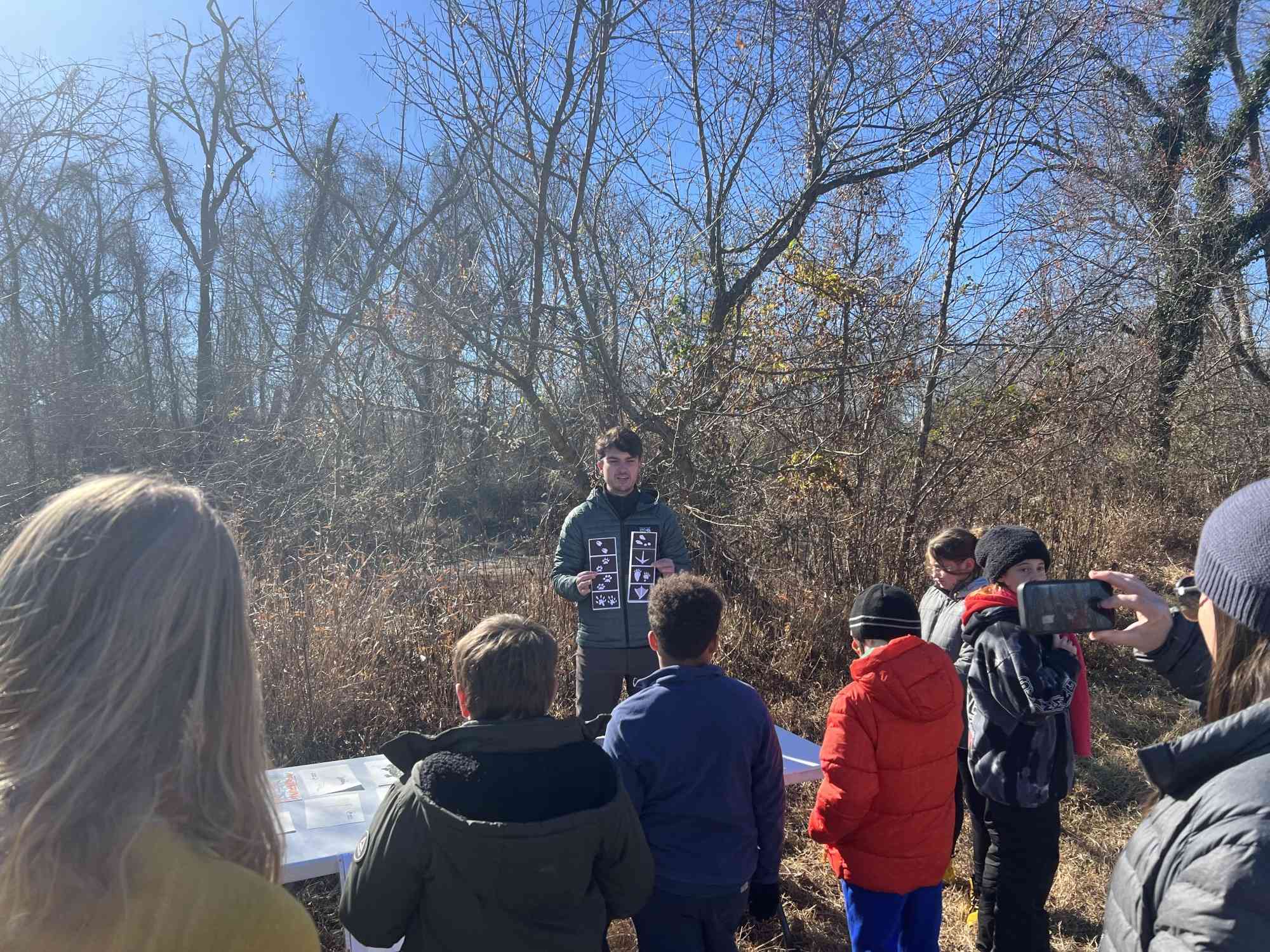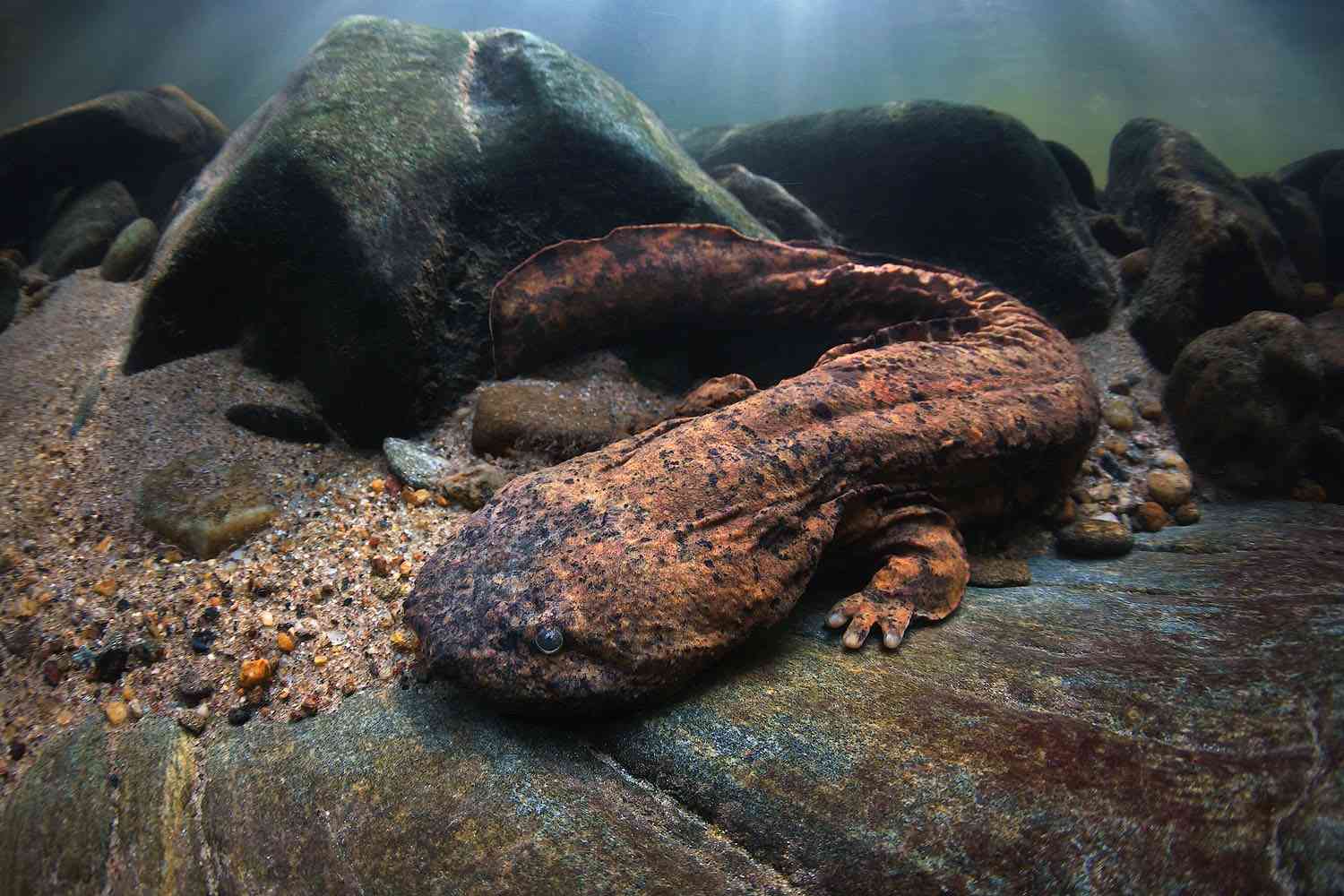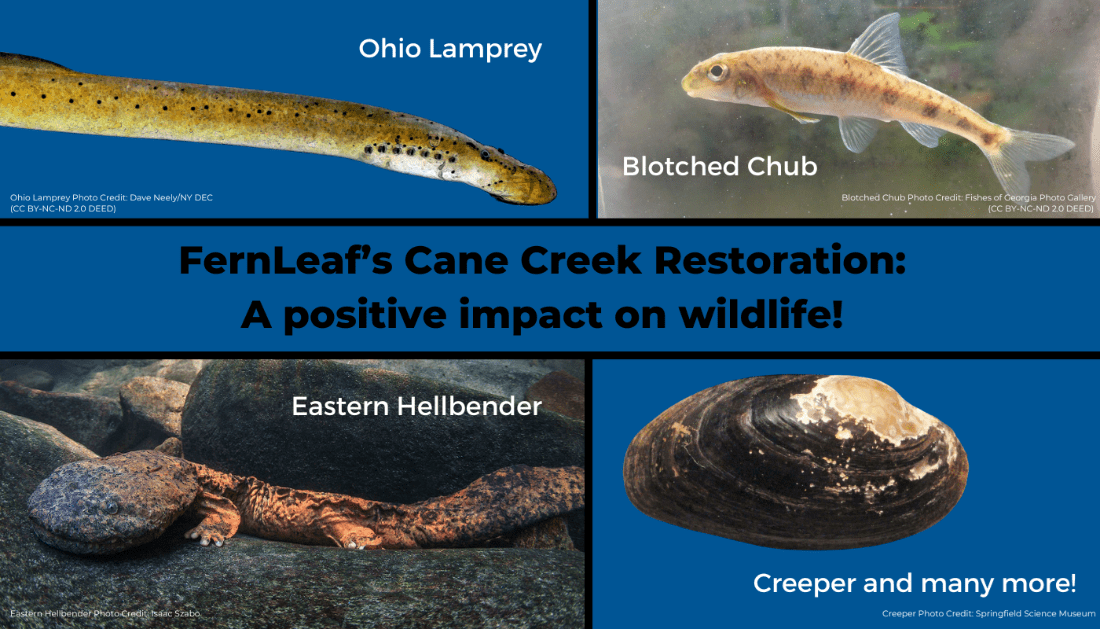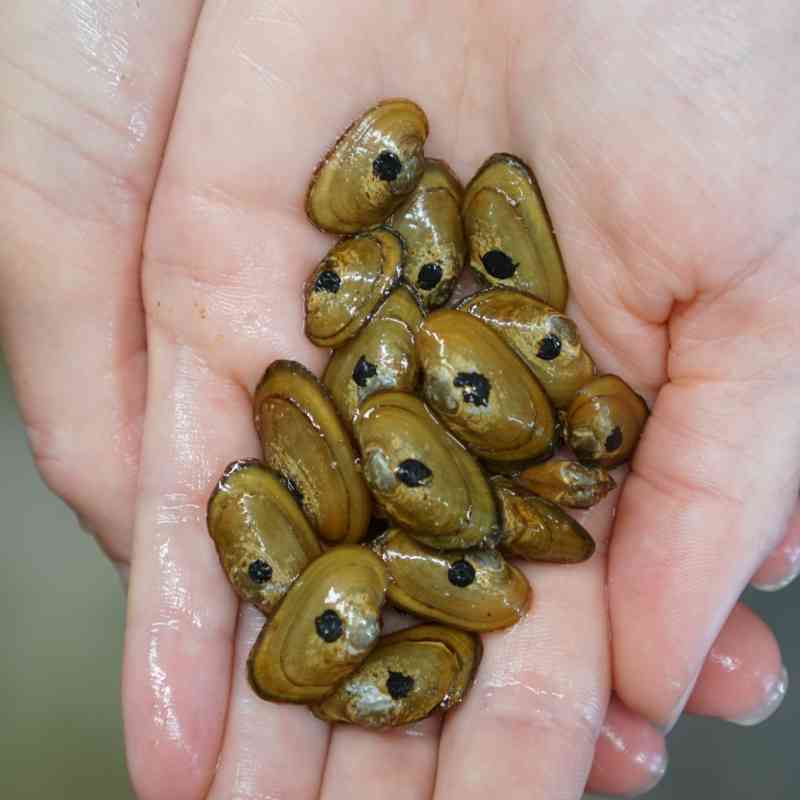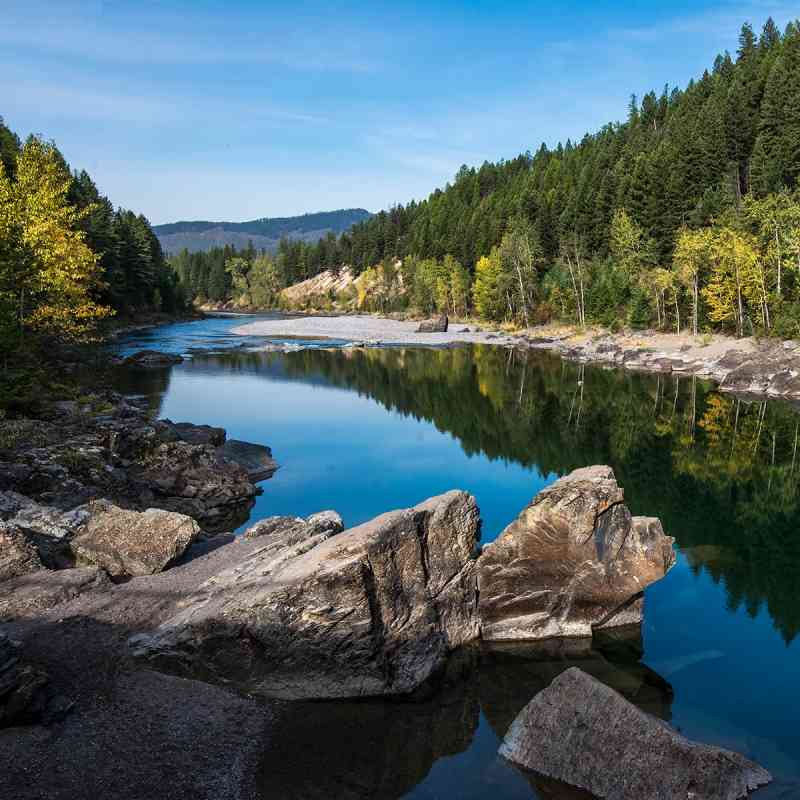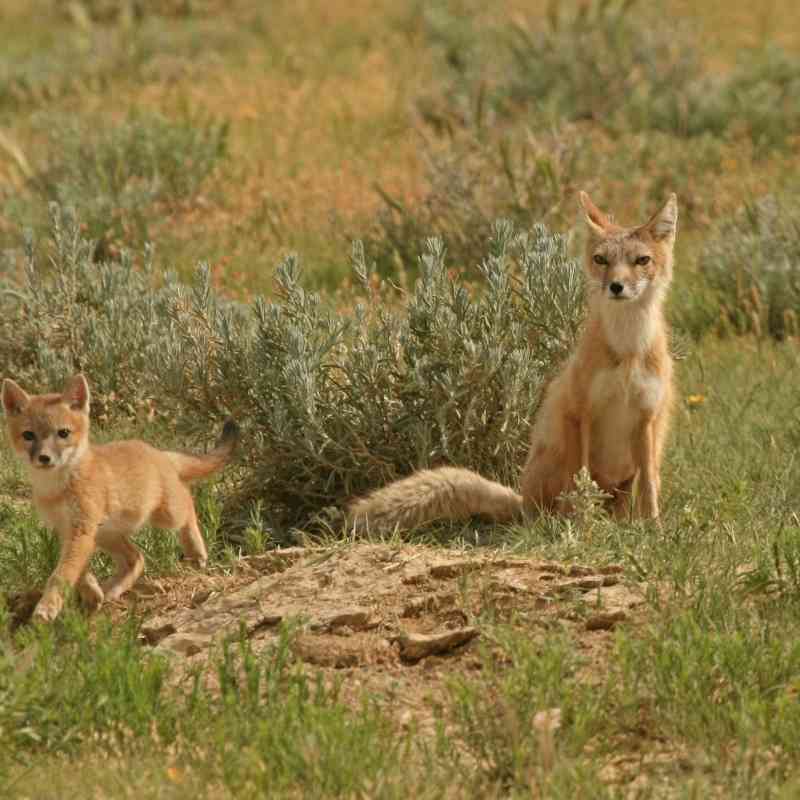Southern Appalachia is an extraordinary place known for its extensive network of creeks, streams and rivers which support an abundance of wildlife. In fact, it’s a global biodiversity hotspot for freshwater fish, mussels, crayfish and salamanders. Unfortunately, sediment pollution from agriculture and other forms of human development threaten many of these species. And with 90% of the land privately owned, it’s challenging to fix. That’s why we work with private landowners — in partnership with state and federal agencies, and non-profit partners — to develop simple, common-sense solutions to protect and restore key riparian habitats. One such solution taking shape within the Tennessee River Basin is the Shade Your Stream program.
The Shade Your Stream program teaches landowners why it’s important to protect streams and encourages them to restore streamside vegetation using a cost-effective technique known as live staking. To facilitate these projects, in 2021 as part of the Tennessee River Basin Network (TRBN), Defenders of Wildlife helped launch a Shade Your Stream grant program. This grant provides financial and technical assistance to implement Shade Your Stream projects within the Tennessee River Basin. To date, with Defenders support, a total of 10,376 linear feet of streambank have been enhanced through this grant program.
In 2023, we leveraged our partnership with TRBN to support another partner, FernLeaf Community Charter School in Fletcher, North Carolina, to begin restoring its riparian area. Students at FernLeaf are immersed in project-based experiential learning with a focus on outdoor environmental education. FernLeaf engages in community partnerships, providing students with unique hands-on learning experiences while also promoting environmental awareness and conservation. FernLeaf’s learning model was an appropriate match for a TRBN grant, and with Defenders’ support, the school received funding for a river campus restoration project. This project will benefit wildlife and habitats, while also serving as an outdoor classroom.
Hear from Emily Moreno, a 5th and 6th grade science teacher about how FernLeaf was awarded the Shade Your Stream grant and how she foresees the project going. Credit: DOW
The FernLeaf River Campus adjoins Cane Creek along its southern boundary. Cane Creek’s roughly 1,500 feet of stream habitat once harbored native species and a functioning ecosystem. Today, it’s degraded due to years of agricultural production, nearby industrial pollution and urbanization. It has eroding banks and open areas without riparian vegetation. Where there is vegetation, most are non-native invasive shrubs. Cane Creek is listed as a 303d impaired stream under the Clean Water Act. French Broad River Partnership — of which Defenders is a founding member — also identified Cane Creek as one of three priority areas for water quality improvement projects and a watershed action plan.
FernLeaf’s Shade Your Stream project, which launched on November 29, 2023, will directly support restoration along Cane Creek. This project will also educate and engage the local community, while restoring habitat for native species, like the Eastern hellbender salamander. This restoration will also help improve connected habitats with protected public areas upstream, as well as mitigate siltation and downstream impacts where Cane Creek enters the mighty French Broad River.
Hear more about FernLeaf Community Charter School and their Cane Creek restoration project from Fernleaf teacher, Ryan Lubbers. Credit: DOW
To introduce the students to the project, ecology of the area and impacted species, Defenders and our skilled partners hosted a launch event. Defenders led activities featuring an animal tracks matching game, riddles and Q&A sessions about native wildlife known to inhabit the area and how to identify their presence. Conservation Management Institute biologist Morgan Harris, who is contributing expertise and technical assistance to our project, led a brief habitat assessment in the Cane Creek project area. Bob Gale, a local ecologist, led a session on how to identify exotic invasive plants that need removal. Students also created drawings and paintings of local, native species with Alexis from Champions for Wildlife. All of these partners will continue to play a critical role throughout the project.
We plan to kick off the restoration work with a big community workday on March 22. Participants will help identify and mark exotic invasive plants for removal and plant live stakes of native species. This work will continue through the academic year until the project is completed.
The goals of a successfully implemented restoration project include increased stream bank stabilization, reduced non-native invasive plants and safe, controlled creek access to prevent erosion. This will in turn promote biodiversity, reduce sedimentation, mitigate pollution runoff and provide for better riparian and in-stream habitat conditions for wildlife. It will also engage and inspire the broader community through effective education and outreach.
This project doesn’t end with restoration. FernLeaf plans to maintain the health of the riparian buffer over time through regular environmental monitoring, river cleanups and maintenance involving 4th thru 6th grade students, along with high school students as part of its outdoor classroom. Moreover, it has inspired involvement by the county’s Soil & Water Conservation District which has applied for additional funding to build upon Shade Your Stream activities, bringing the project to a full-scale, 10+ year stream restoration.
We look forward to working with FernLeaf, TRBN and others this year and beyond to increase restored streamside habitat for improved water quality in our river basin. Through the power of partnership, we will make a difference for wildlife, habitats and people.
Author

Tracy Davids
comments
Wildlife & Wild Places

